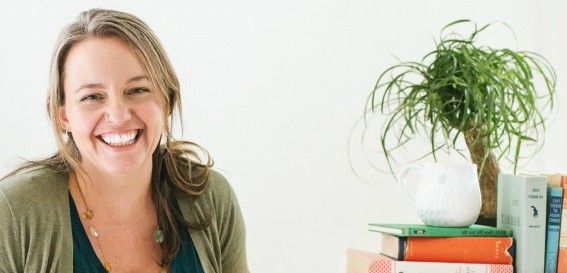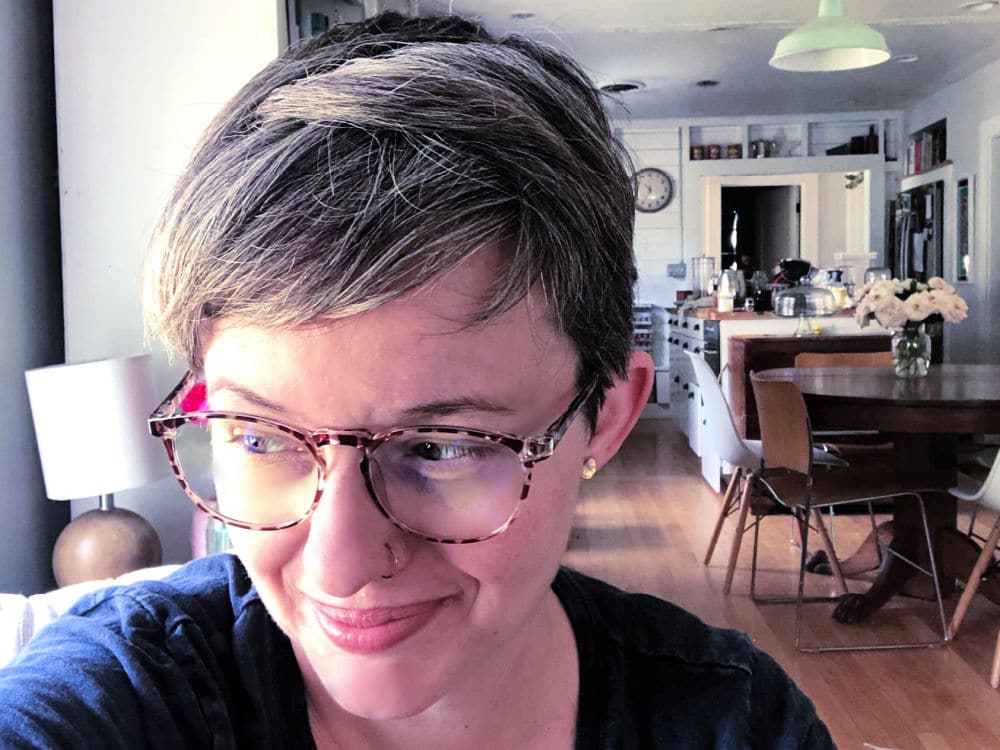Continuing our series during this final year of AoS of the top 12 published posts of all time (measured in simple traffic numbers), this one is BONKERS popular at number two. I wrote it back when we were living overseas over a decade ago, and people still land on AoS via this post. Which is fun.
Perhaps you’ll find it useful — and it may also be useful to know that I now have a pixie cut, no longer color my hair, and “wash” about once a week with a method called co-washing. Basically, I wash with a simple natural conditioner …and that’s it. Still poo-free, in other words. And my hair is super healthy.
xoxo, Tsh
The Countdown: 12 / 11 / 10 / 9 / 8 / 7 / 6 / 5 / 4 / 3 / 2 / 1
Right now, I just may gross you out when I tell you something: I haven’t used shampoo or conditioner in three months.
Please don’t click away.
Truly, I haven’t touched a bottle of either, and I don’t plan on using them anytime in the foreseeable future. My hair is as clean as a whistle, and to be honest, I don’t know if it’s looked this healthy in years.
A few months ago, I started reading about going shampoo-free, and I was intrigued. But I was also perplexed. Why would you bother? What’s the harm in using shampoo? And isn’t your hair greasy and smelly?
So I read for a few weeks, just taking in info, and one night, after reading about the shampoo-free concept for the twelfth time, I decided to give it a shot. If I hated it, no harm. I’ll return to my shampooing ways.
But if I liked it as much as everyone else seems to, then I’ve found a frugal, easy, toxic-free way to care for my hair. So I took the plunge.
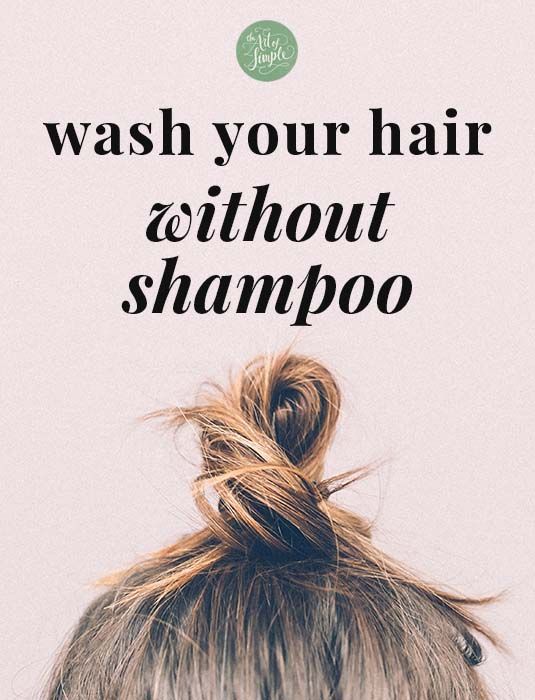
Why go ‘poo-free?
Before I go in to the how of no shampoo, it’s a good idea to tell you the why. There’s a lot of valuable information on the Internet, so I’m not going to reinvent the wheel. But here are the reasons that spoke most to me.
1. Shampoo is a detergent.
Shampoo cleans your hair, but it also strips it of all the healthy oil your body naturally produces. These oils protect your hair and keep it soft and strong.
Shampoo was only introduced in the early 20th century. Before that, people relied on good-old soap, which can wash hair just as well without removing important oils. But soap doesn’t work well in alkaline water, and when water in civilized areas started becoming more mineral-heavy (read: alkaline), soap became a challenge. It made the scales on hair stand up, making it weaker and rougher. So shampoo was introduced, marketed with its only benefit of working in both hard and soft water.
Detergent is harsh. I doubt we’d use the same type of stuff to wash our bodies as we would our dishes, but that’s essentially what we’re doing with shampoo.
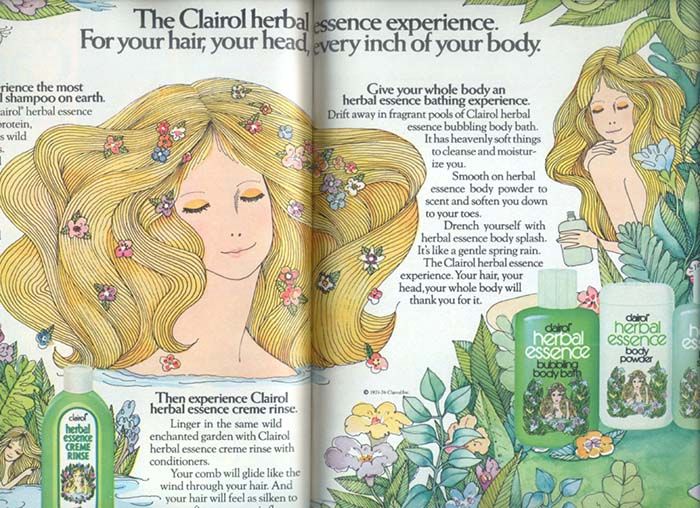
2. Shampoo has all sorts of chemicals.
Our family typically avoids faux food; we do our best to stick with natural, whole foods that either come from the ground or once ate things from the ground. But skin is our largest organ, and it’s extremely porous—substances can easily enter the bloodstream directly through our skin, and they can stay for a long time.
Since we try to avoid food that has unpronounceable ingredients, we thought it only made sense to adhere to the same standards for the stuff we slather on our skin. This includes shampoo.
Most shampoos also contain mineral oil, which is a byproduct when gasoline is distilled from crude oil. It’s added to shampoo (along with hundreds of other products) to thickly coat the strands, giving hair an artificial shine. And since it can’t absorb into skin, like the other ingredients, it acts as a barrier on our scalp, preventing oil from being released — thus requiring more shampoo to strip away the grease.
This is why the more shampoo you use, the more you need.
3. Shampoo is an unnecessary cost.
Because shampoo isn’t really necessary, using it creates a cycle that requires a dependence on the stuff, along with other hair products. In order to combat the stripping of protective oils, we need an artificial protectant called conditioner.
And because now my hair is coated with unnatural substances, it requires more unnatural substances to keep it styled, strong, and workable. The list of hair pomades, waxes, gels, mousses, and detanglers available could take up pages on this site.
It made sense to eliminate something we didn’t truly need. We’d rather spend our money elsewhere.
There are plenty of other reasons: shampoo causes my husband’s dry, itchy scalp, and we had another added expense of buying a tear-free type of shampoo for our kiddos. While this wasn’t a life-or-death situation for us, by any means, it made more and more sense for us to give a shampoo-free life a shot once we read about it.
How to go ‘poo-free
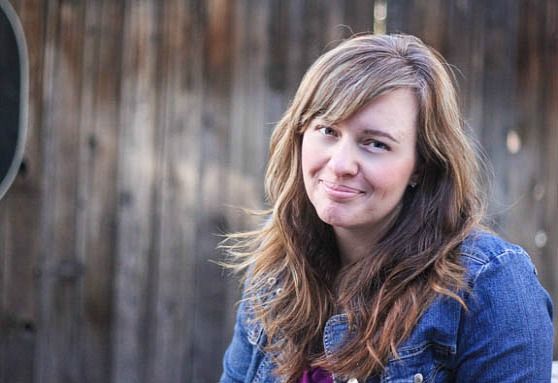
Enough on the why not to do something—here are helpful tips for how you can give going ‘poo-free a shot.
Baking soda is your friend
Like many natural cleaners, the recipe isn’t static; it can be tweaked to suit your needs. The standard amount for hair care is one tablespoon of baking soda to one cup of water. Those with curly or thicker hair might need a bit more baking soda, and those with thin or fine hair might need less. Experiment, and see what works for you.
I use a simple condiment bottle, pour in a tablespoon of baking soda with a funnel, then fill up the rest with water from the kitchen sink. I give it a good shake to dissolve the baking soda, and it’s ready to be used.
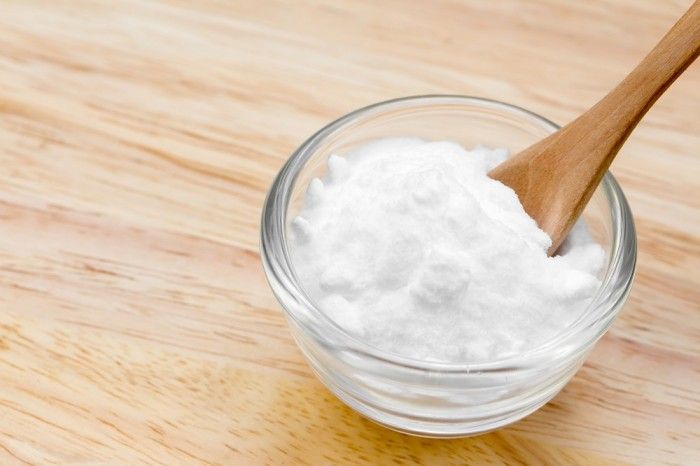
In the shower, I thoroughly soak my hair with water, then I squeeze the baking soda mixture on my scalp, starting at the crown. I massage it in as I go, squeezing a bit more here and there, concentrating only on the scalp. I don’t bother with the length of my hair, since oils originate from the scalp itself. The hair is naturally clean once the scalp is clarified.
After a few minutes, I rinse it out, just like I would shampoo.
Apple cider vinegar is your next friend
Apple cider vinegar is a mild acidic, working well to counteract the baking soda, and thus acts as a great replacement for conditioner. It detangles the hair folicles, seals the cuticle, and balances the hair’s pH balance.
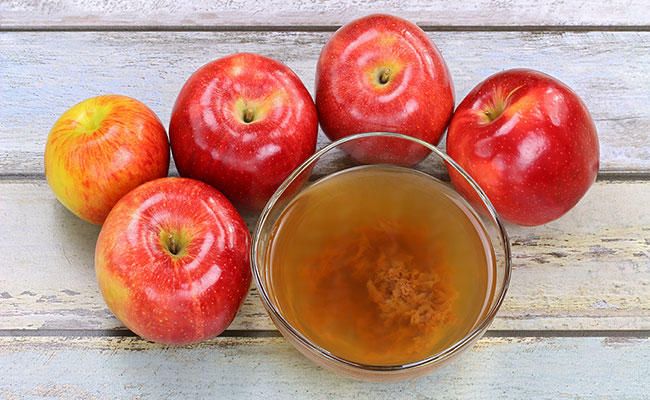
A little goes a very long way, just like the baking soda. The standard recipe is also one tablespoon apple cider vinegar to one cup water. For this, I use another condiment bottle and fill it with the vinegar and water, then finish it with a shake.
My hair tends to rest a little on the oily side naturally, so I don’t use much of this. I pour a little on just the ends of my hair, let it rest for a few seconds, then rinse it out.
In the winter, I’ll also add a tiny dollop of Hair Butter once it’s dry to tame the frizz.
And that, from start to finish, is my current hair care routine.
Other tips
• You might have a transition period that lasts from a few weeks to a few months, where your hair reacts with excess oil to the lack of shampoo. This is normal. It’s used to having its oils stripped, so it might take time for the oil to stop producing so heavily in protest. My transition period lasted about two weeks.
• I hear that eventually, you can wean off baking soda and vinegar all together, relying only on water in the shower to remove dirt and oil. I haven’t tried.
• If you find that your hair is still too oily after the transition period, try using less vinegar, or not using it altogether. Some people also use lemon juice instead of vinegar as their acidic clarifier.
• If your hair feels too dry, use less baking soda, or try using honey or aloe instead of vinegar.
• I don’t need anything else for my hair aside from Hair Butter. Sometimes I’ll even skip the vinegar and add Akamai’s Skin Fuel to the end of my wet hair. It’s good stuff.
• Also, I’m going gray naturally in my thirties, and I’m not afraid to show it.
• And finally, can we talk about hair?

